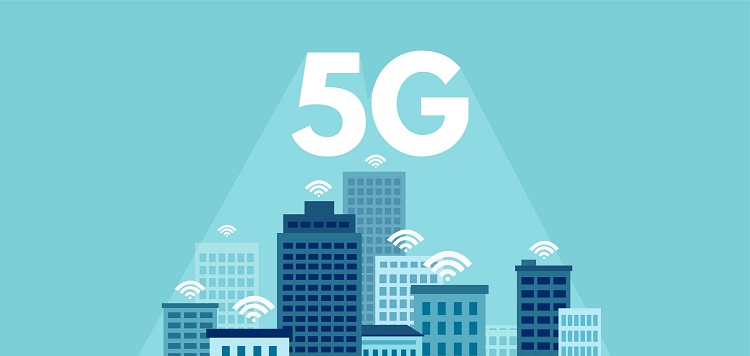The rise of fifth-generation networks (5G) has opened up a realm of possibilities and opportunities. However, as the corridors of data speeds widen and latency plummets, the global association for telcos, GSMA, has shed light on the potential cyber threats awaiting these advanced networks. In this article, we explore the increased attack surface in 5G networks, the exploitation opportunities it presents, the sophisticated security capabilities of 5G, the growth and adoption of this transformative technology, and the security risks and challenges that must be addressed.
Increased Attack Surface in 5G Networks
As 5G networks bring forth an increased number of connected devices and denser network infrastructure, they inadvertently create a wider attack surface. A larger attack surface implies a greater vulnerability to cyber threats, as there are more potential entry points for malicious actors. This heightened exposure demands that adequate security measures be implemented to safeguard against potential breaches.
Exploitation Opportunities in 5G
The foundation of 5G connectivity relies heavily on cloud computing, virtualization, and software-defined networking. While these advancements offer unparalleled benefits, they also introduce new avenues for exploitation. Cybercriminals now have the potential to exploit vulnerabilities within these technologies, posing a significant risk to the security of 5G networks and the data they host.
Sophisticated Security Capabilities of 5G
Despite the broader attack surface, 5G networks come equipped with sophisticated and effective security capabilities by default. These built-in security features aim to mitigate cyber threats and ensure the robustness of the networks. Machine learning algorithms, real-time threat intelligence, and enhanced encryption protocols are just a few examples of the advanced security measures embedded within 5G networks.
Growth and Adoption of 5G
The proliferation of 5G networks has been remarkable, with over one billion connections worldwide by the end of 2022. In various markets, more than 230 mobile operators have launched commercial 5G services, highlighting the widespread adoption of this groundbreaking technology. Industries across the board are harnessing 5G’s potential, revolutionizing enterprise services, and reaping the benefits of enhanced productivity and connectivity.
5G’s Transformation of Enterprise Services
From enabling rapid medical care and treatment to enhancing workplace safety in fully connected factories, 5G is revolutionizing enterprise services. The high data speeds and low latency offered by 5G networks empower industries to fully embrace digital transformation. As an interconnected ecosystem emerges, technological advancements facilitated by 5G hold immense promise for improving overall efficiency and productivity.
Security Risks and Challenges with 5G
As 5G technology becomes increasingly embedded in our daily lives, so do the security risks associated with it. Experts highlight concerns regarding potential vulnerabilities and the need for robust security measures to effectively counter cyber threats. By proactively addressing these challenges and continually fortifying 5G network security, we can ensure a resilient and secure digital future.
As the digital landscape evolves, the advent of 5G networks heralds an era of unprecedented connectivity and opportunities. However, this great promise comes with its fair share of cyber threats. The wider attack surface, exploitation opportunities, and growing adoption of 5G demand that security concerns be given the utmost importance. With the implementation of sophisticated security capabilities, vigilance against potential vulnerabilities, and collaboration among stakeholders, we can harness the full potential of 5G while safeguarding against cyber threats. By doing so, we can shape a future where the benefits of 5G connectivity are realized while simultaneously ensuring a secure and resilient digital ecosystem.

